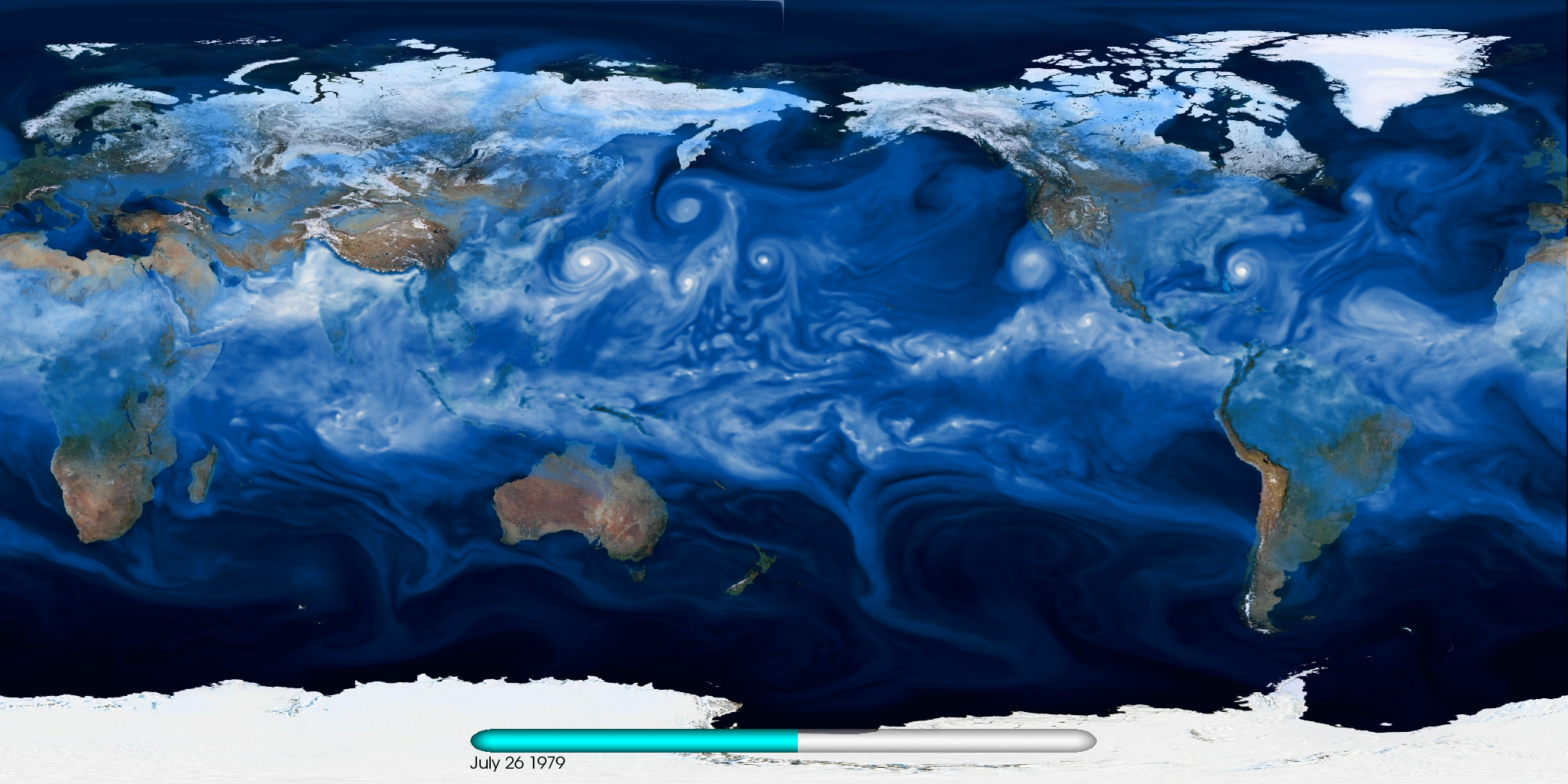
- Setup on norStore (cruncher, viz2)
- Post-processing and visualization tools Here is a non exhaustive list if tools/software you can use to post-process and visualize your CAM 5.3 model outputs:
- CDO (Climate Data Operators) CDO is a collection of command-line operators to manipulate and analyze climate and numerical weather prediction data and can manipulate CAM model outputs (netCDF).
- NCO (netCDF Operators) NCO is a suite of programs designed to perform certain "operations" on netCDF files, i.e., things like averaging, concatenating, subsetting, or metadata manipulation.
- NCL (Ncar Command Language) NCL is an interpreted language (no need to compile your program) designed specifically for scientific data analysis and visualization.
- Ncview: a netCDF visual browser Ncview is one of the simplest visual browser for netCDF format files.
- See a screenshot of ncview in action.
- Quick introduction: Everything you need to know to get working in 5 minutes.
- Panoply netCDF, HDF and GRIB Data Viewer Panoply is a GUI (Graphical User Interface) application used to quickly visualize data in netCDF, HDF or GRIB formats. It can also perform simple calculations, apply masks, and to quickly create spatial or line plots.
- Python programming language Python is a general purpose programming and scripting language which includes powerful visualisation and data analysis tools. Matplotlib is a general purpose plotting library gioving Python the power of MatLab. NetCDF files can be read using the NetCDF4 library and/or Xarray. The best distribution of Python for scientific use is the Anaconda distribution
- Using CDO and NCO for data processing
- Plotting using python
- Useful Shell command (loops, etc.)
CDO provides more than 350 operators!
The main diagnostic tools developed at NCAR for CESM are based on NCL. More information can be found here with links to example figures.
If you want to learn more about ncview:
Examples (python, Fortran, C++, etc.) to read and write netCDF files can be found here.
Several examples of plotting routines for NetCDF data can be downloaded from https://github.com/hansbrenna/NetCDF_postprocessor. And if you search on the web, you will find many examples and advanced plotting programs you can use for plotting your results.